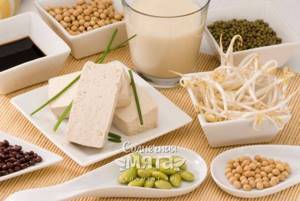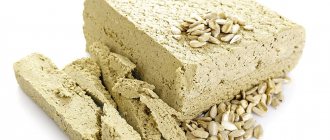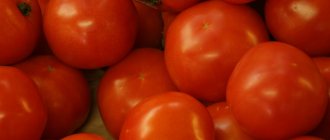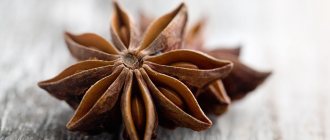Soybean - description of the culture
Common or cultivated soybean is an annual herb that is part of the botanical genus Soybean, which belongs to the Legume family. This is the only type of soybean that is cultivated by humans for agricultural purposes.
The soybean plant has a straight, branching stem with many leaves. Height - up to 120 cm. The root system is classified as mixed, but some indicate it as a taproot: the main central root goes into the ground quite deeply (up to 2 m), but three-quarters of the lateral roots are located close to the surface of the earth. The root system is called mixed because the central root, going deep into the ground, has the same thickness as the lateral processes.
Soybean leaves have a trifoliate structure with leaflets of a regular diamond-oval shape. The leaves are covered with a “fluff” layer.
In the axils of the leaves, soybean forms small inflorescences-tassels, consisting of several medium-sized flowers of white or purple color. Each inflorescence can contain from 5 to 20 flowers.
From these inflorescences a small fruit-pod of a curved or straight shape eventually appears. Depending on the variety, the color ranges between ash-gray and brown. Each pod contains up to 4 seeds, and the pods themselves are pubescent, like the leaves. The seeds have a standard oval or round shape for leguminous plants with a characteristic scar.
Use of soy in cooking

What products do you choose for yourself from the wide soy range?
When I said that I had an equal attitude towards soy, I was probably lying a little, since I simply adore soy sauce. And I eat it not only with vegetable rolls. I really like to fry vegetables in ghee with spices, and then add a little of this tart aromatic liquid and lightly simmer them, season them with fresh grated ginger and enjoy. How do you like this dish? Have you tried it? Surely!
A separate song is tofu. I understand vegans who put it in all their dishes. I understand, but partly because Adyghe cheese is such a universal product for me. It, like soy, is tasteless, and also has the property of absorbing whatever comes in hand.











